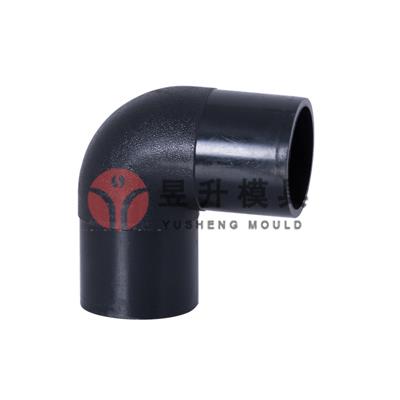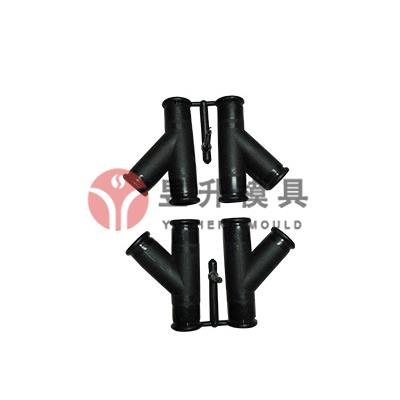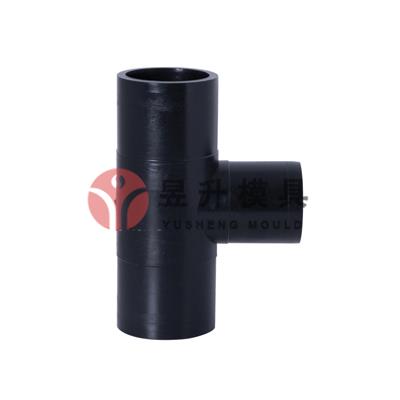How to choose a high-quality HDPE pipe fitting mold?
Published on :2020-02-21
For HDPE pipe fittings, it is becoming more and more widespread in life. About 80% of HDPE pipe fittings produced by injection molding technology. Injection molded HDPE fittings are accurate and productive. The selection of pipe fittings is crucial for the production of high-quality HDPE pipe fittings. Therefore, mold designers must understand the basic requirements of the mold material and choose the right material.
Most PE pipe fitting molds are injection pipe fitting molds, which not only need to work at 150-200 degrees Celsius, but also need to withstand large friction and pressure. Therefore, the mold steel is usually hardened to ensure life and product accuracy. So how to choose a high-quality HDPE pipe fitting mold?
The hardness of HDPE pipe fitting mold is usually less than 50-60 HRC, and the heat-treated mold should have sufficient surface hardness to ensure that the mold has sufficient rigidity. In operation, due to the filling and flow of the HDPE material, the mold will experience greater compressive stress and friction. The wear resistance of the mold depends on the chemical composition and heat treatment hardness of the steel, so increasing the hardness of the mold is conducive to improving its wear resistance. Which ensure the life of the mold and the shape and dimensional accuracy of HDPE pipe.
In addition, most HDPE fittings require some cutting and trimming. In order to extend the life of cutting tools, improve cutting performance and reduce surface roughness, the hardness of the steel used for pipe joint molds must be appropriate.



